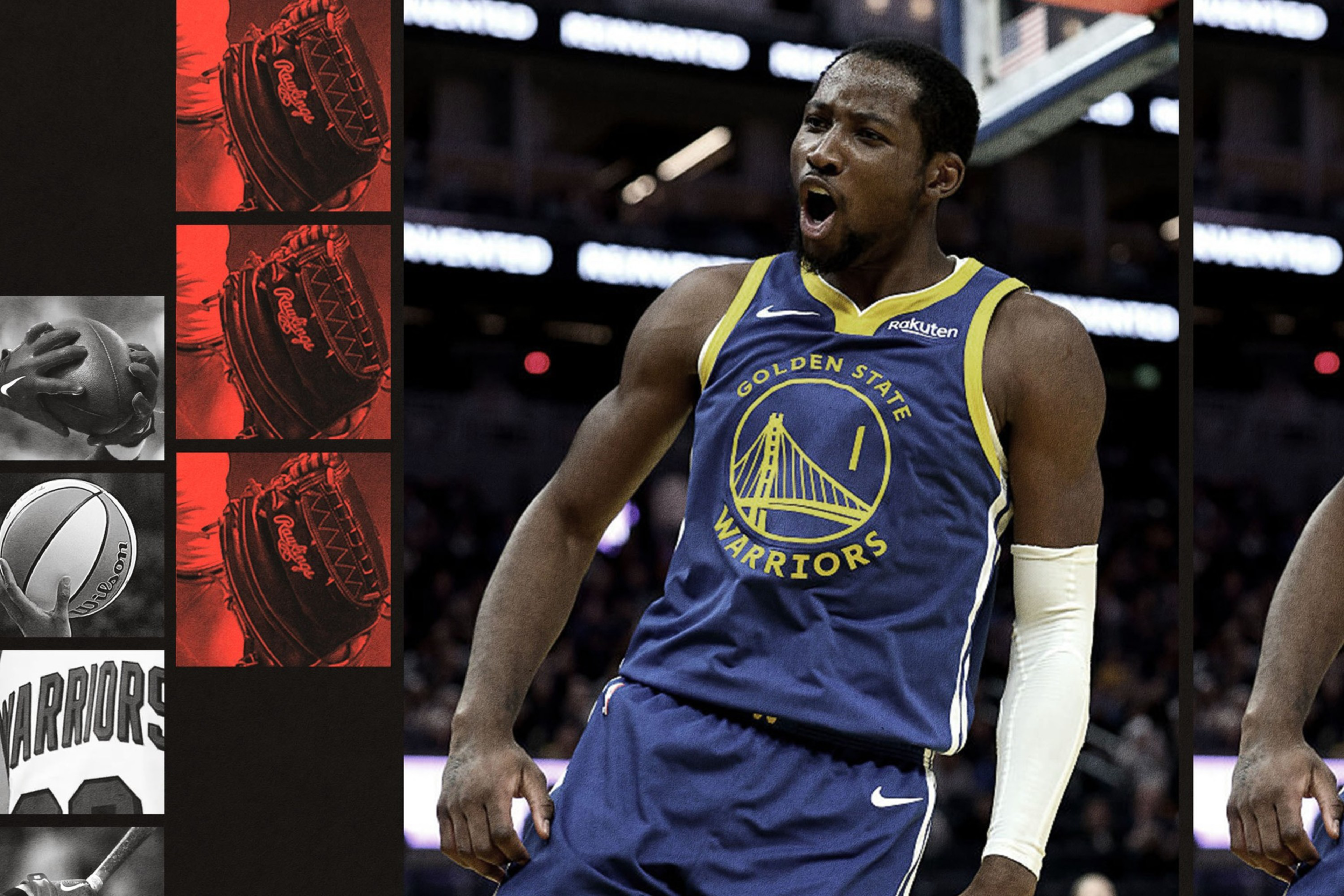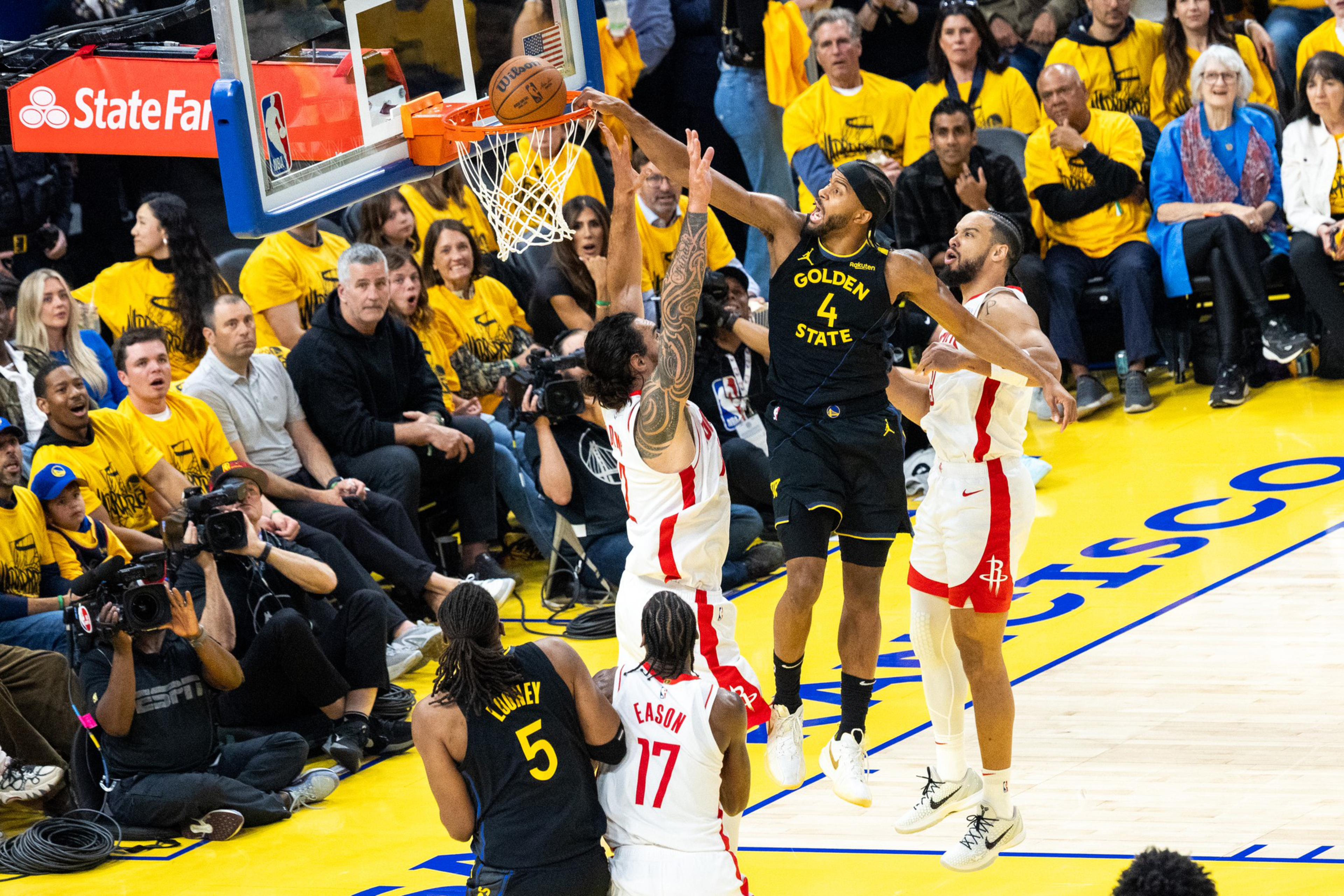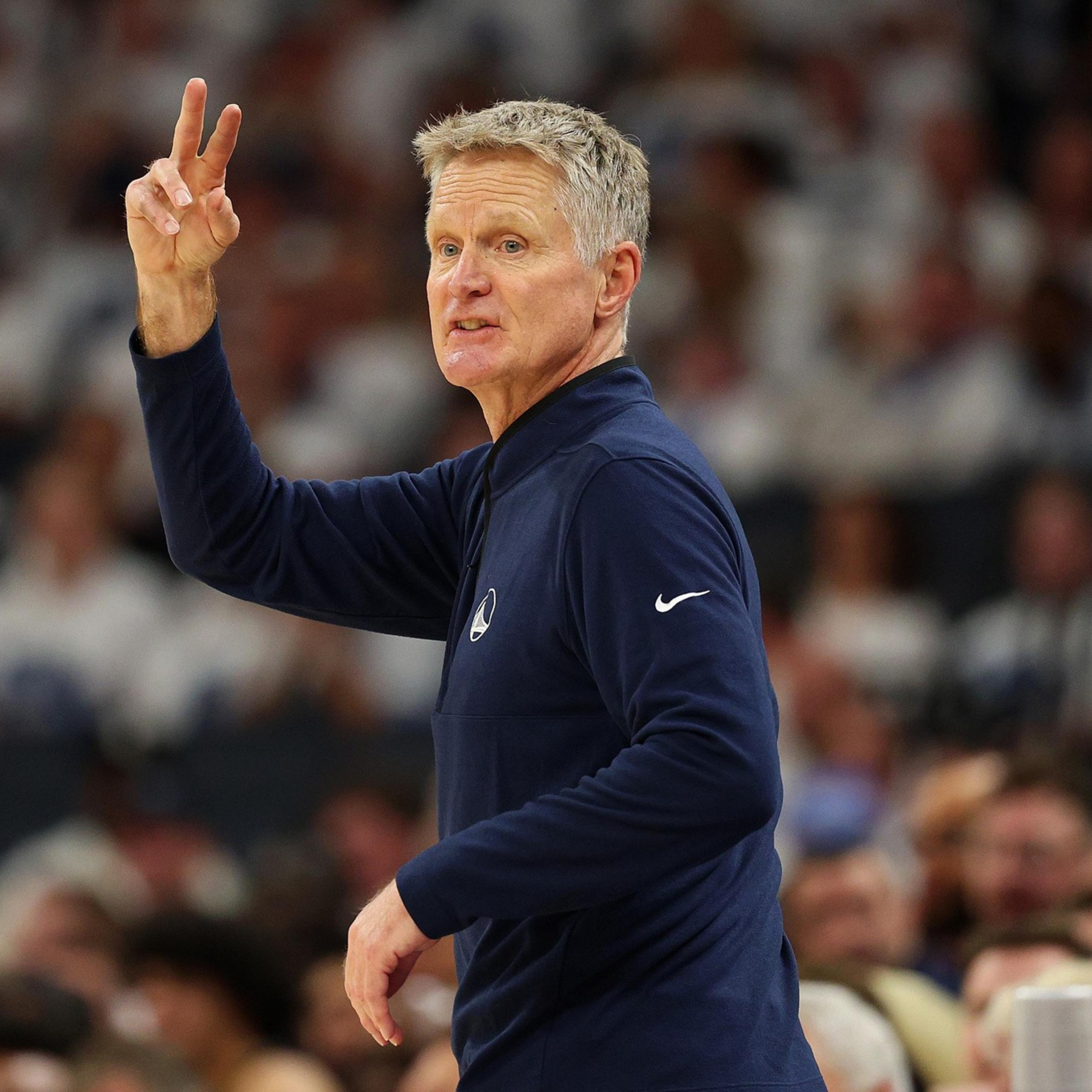Want more ways to catch up on the latest in Bay Area sports? Sign up for the Section 415 email newsletter here and subscribe to the Section 415 podcast wherever you listen.
The Warriors have two preseason games down, three to go, and at least as many possible starting lineup combinations to sort through.
Head coach Steve Kerr faced a similar situation at this time last year, when he decided to break camp with a 12-man rotation and started a two-big lineup. Kerr ended up playing 38 distinct starting lineups, his most as a coach.
“I’m shooting for 39,” Kerr joked after this year’s first training camp practice Sept. 30.
While Kerr has a menu of options, like he did a year ago, he also has a lot more certainties. There’s Jimmy Butler, a third locked-in starter alongside Steph Curry and Draymond Green. There’s Al Horford, the 39-year-old veteran who is penciled in for at least 20 minutes a night at center.
Section 415: Tim Kawakami analyzes the 49ers, Giants, and Warriors

Section 415: Min Woo Lee, Steph Curry, and the story of The Bay Golf Club

Section 415: The Giants’ hire of Tony Vitello marks the start of a bold new era

Kerr has two primary lineup frameworks to choose from: big or small. But it’s not exactly that simple.
Option 1: Going small
Steph Curry, Brandin Podziemski, Moses Moody, Jimmy Butler, and Draymond Green
The Warriors used this starting five in their preseason opener, and for good reason. It’s the most surefire combination they know works. They saw it last year, when the team finished the regular season 23-8 after acquiring Butler.
Butler’s isolation prowess and slash-and-kick game slots both Podziemski and Moody into roles they can thrive in. This five-man unit outscored opponents by 18.7 points per 100 possessions. Despite being possible only in the second half of the season, post-Butler trade, Kerr played this lineup the most minutes of any combination (211).
Rebounding out of this lineup is the only concern, and it’s a slight one at that. Podziemski and Butler are excellent rebounders for their sizes, and this group won the rebounding battle last year.
The Warriors can play this lineup to start and finish games but won’t want to go to it much in the middle. That’s because they want to limit the amount of time Green spends at center, where he’ll have to expend more energy banging bodies with opposing seven-footers, navigating screens, and defending post-ups.
This small-ball group is likely Golden State’s most potent combination. But it has a shelf life.

Option 2: Double-big
Steph Curry, Moses Moody, Jimmy Butler, Draymond Green, and Al Horford
Horford, the 19-year veteran, gives this unit a chance at excelling. Because of his outside shot, along with his and Green’s passing instincts, this lineup should have enough spacing and playmaking to figure things out.
Kerr went with this group to start the second preseason game, though, and it looked rough.
Disjointed in the half court with suboptimal spacing, the Warriors struggled to find an offensive flow. Even defensively, which should be a major strength for a group including Green, Horford, and Butler, they lost Blazers shooters and let Toumani Camara and Shaedon Sharpe get hot.
It was a miniscule sample. It was the preseason. But it’s the only data so far.
In each of these two lineup options, Moody is Golden State’s best answer as a point-of-attack defender. It’s the role he played in the second half of last season, and it’s the role he handles better than any Warrior outside of Gary Payton II.
But an interesting crux with this lineup is the shooting guard spot Moody occupied in the second preseason game. As of now, the decision for who to start comes down to either him or Podziemski.
A connector who makes offense easier for every lineup he’s in, Podziemski could alleviate this combination’s halfcourt offense concerns. But point-of-attack defense would then become a possible hole to plug. Could the back-line of Green, Horford, and Butler be enough to clean up any leaks on the perimeter?
It’s also nice for a starting lineup to set up the bench, and this particular combination with Moody allows Podziemski to enter fresh and act as a lead playmaker for the second unit. Starter or not, Podziemski’s going to play a ton.
Eventually, a third shooting guard will enter the equation. Last year, before he tore his ACL, De’Anthony Melton rose ahead of Podziemski on the depth chart. Perhaps his two-way play could make Melton a candidate to start next to Curry in the double-big look. He’s a career 37% 3-point shooter and has underrated verve off the bounce. Melton is doing on-court individual work and is set to be reevalulated at the end of the month.
Until Melton enters the mix, Podziemski or Moody will get the first crack at the starting two-guard spot.

The contingency plan
If a star or two is out, empty the clip because anything goes.
The Warriors are old — haven’t you heard?
Of Curry (37), Butler (36), Green (35), and Horford (39), none are expected to play all 82 games. Golden State would probably be thrilled if they each exceed 65.
So, what happens on nights Butler is unavailable?
Without Butler, the Warriors lose on-ball creation and the ability to generate foul shots. The cleanest substitution would be Jonathan Kuminga, who can go from the sixth or seventh most important Warrior to the second on a given night.
Especially in short-handed games, the Warriors will need to lean on Kuminga’s ability to score and draw fouls.
What if Curry is sidelined?
There’s no replacing Curry, but a natural lineup in his stead would probably lean toward spacing. Perhaps Podziemski, Buddy Hield, Butler, Green and Horford gets it done. The Warriors can run the offense through Butler isolations, where he can spray passes out to shooters on the perimeter.
Kerr likely won’t need to deploy 38 starting lineups this year. But the age of his roster will inevitably force him to think fast.

